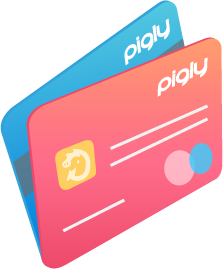 Credit Card Minimum Payment Calculator
Credit Card Minimum Payment CalculatorUse this calculator to quickly figure out how much interest you will spend making minimum payments on your credit card.
Authored by Jose Abuyuan on December 12, 2019
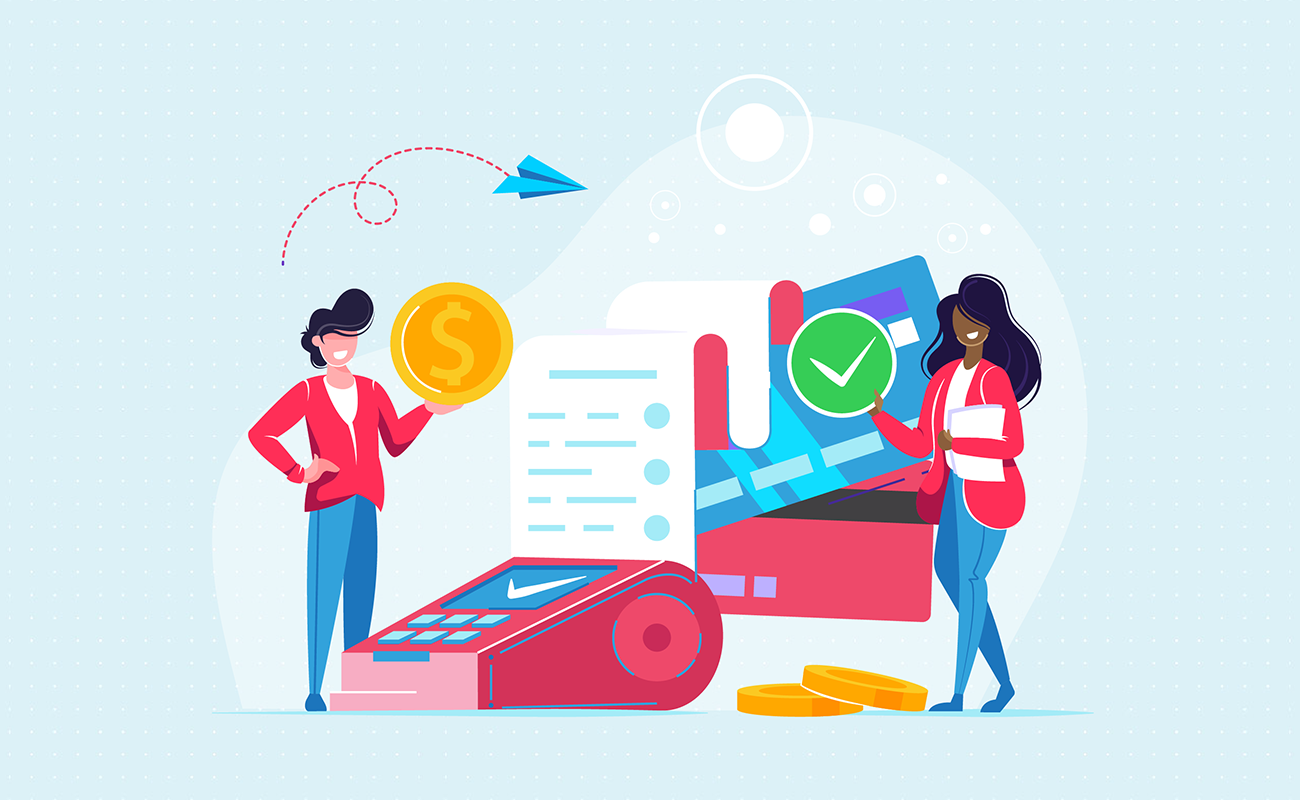
Credit cards are the most familiar type of consumer debt in the market. Over the years, they have gained a terrible reputation for being a leading source of toxic debt issues. If you’re not careful, you could end up incurring massive bills that would put you in debt for a long time.
Also known as “bad” debt, consumer debts are used to purchase products and services that do not grow in value. They are also much easier to apply for. Any value derived from them is usually tangential. This is in contrast with “good” debt. You use these debts to buy assets that grow in value over time or increase your earning potential.
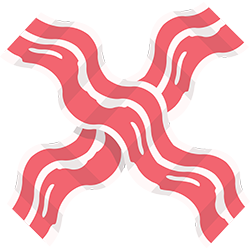
Both good and bad debts can become toxic. Due to their higher interest rates, bad debts are more likely to become problematic. The growing number of bankruptcies in recent years has been tied to the ease of access to consumer debts.
Convenience is part of what makes the consumer debt trap so easy to fall in. You can use credit cards almost anywhere. You will be tempted to use them even for minor purchases. The presence of a credit card can also compel you to buy things you cannot otherwise afford.
The credit card industry has made a mint from expanding its reach in the so-called emerging markets. These comprise demographics prone to impulse purchases or lack other lines of credit. Card companies and retailers use aggressive marketing to entice consumers to buy on credit. They also rely on a battery of marketing gimmicks to sweeten the pot. Seldom would unsuspecting customers tell if these gimmicks are a good deal.

The temptation of easy credit comes with high interest rates. If you do not pay your balances on time, your debts will accumulate to unsustainable levels.
Because of this, credit cards are among the easiest ways to get into a debt cycle. Incurring many debts undercuts your ability to remain solvent. You spend less on your needs and save less while paying back the debts. This will leave you vulnerable to emergencies. Without savings, you might be compelled to borrow more money to compensate.
In extreme cases, you might need to borrow more money to stave off creditors or make ends meet. You can dig yourself into a deeper hole of debt that can be near impossible to escape.
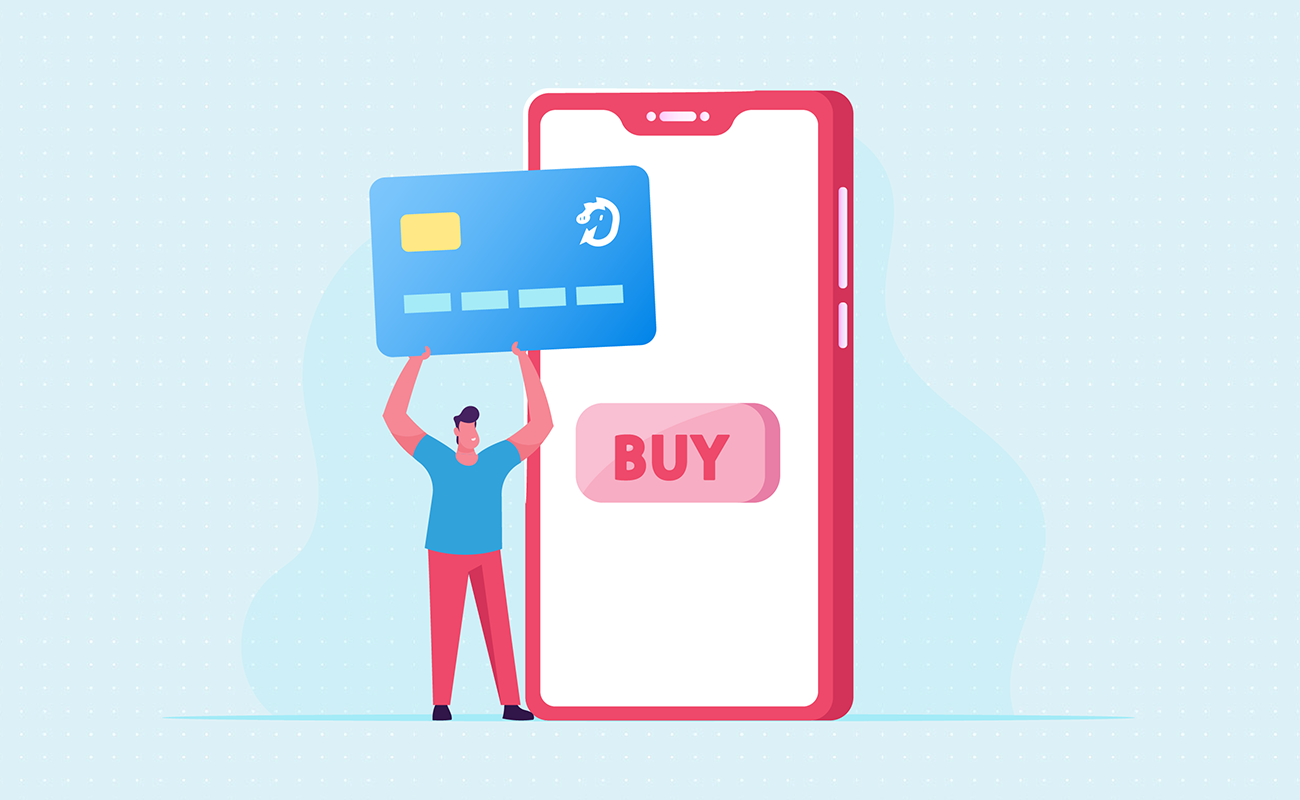
To understand why credit cards are a potential debt quagmire, you must first learn how they work. Knowing what makes credit cards compound so fast is the first step toward cutting out your debts.
Credit cards may seem reasonable at first glance. An annual percentage rate of 18 percent does not seem like too much. The card’s annual percentage rate, however, is only part of the equation. Often, your interest can exceed what you would receive from the annual percentage rate.
Your daily percentage rate is calculated by dividing your annual percentage rate by 365. This is multiplied by your average daily balance, and then by the number of days in the billing period. The result is the dollar amount of interest charged to you.
The thorniest part of credit cards is that their interest compounds. Any remaining balance you have accrues more interest over time. If you pay only the minimum, you would have only been paying interest with nary a dent to your principal. At that rate, it would take a lifetime to pay it back.
High interest rates aren’t the only punishing terms applied to credit cards. Their penalty systems will push your finances to their breaking point. Penalty rates can be as high as 30 percent. They come into effect after you miss two payments and can last at least six months.
By law, credit card companies must reset your prior rate after you pay them six times on time. In most cases, the reverted rate only applies to your outstanding balances. Many credit card companies apply the new rate to all later transactions.

Prevention is one way to keep creditors from applying these punitive rates. Read the terms of your credit card with care. Learn what triggers their penalty systems and if these penalties are permanent.
Despite their caveats, credit cards can be a useful part of your financial arsenal. When used responsibly, a credit card can help you make timely cashless purchases. The right types of credit cards can be accepted anywhere, even if you don’t have access to cash. Having credit cards around eliminates the need to carry cash or checkbooks with you.
With the right moves—and self-control—you can use your credit card as often as you need. You can even save money by purchasing items with rewards points on your card. It sounds too good to be true, but it is. To achieve this, you would need to know how to use the card in a responsible manner.
The secret is to pay your balance in full and on time. Most credit cards have a built-in grace period. This lets you pay your card’s balance without incurring interest. It’s a viable option when you have no outstanding balances.
The key is to charge only as much as you can pay in full every month. This way, you leave no outstanding balances. As long as you pay your entire balance before the due date, you accrue no interest. It’s as if you paid for it in cash or debit. You can use this strategy, called playing the float, as often as you need or want.
This is an efficient way of slashing credit card bills without giving up credit cards. You also amass rewards points much faster, which you can use to cut back on a variety of expenses.
This option is only available if you have no outstanding debts. Use this strategy if and only if you can limit your spending to what you can pay back. If credit card bills are a recurring problem, it is wise to forego them altogether.
Consumers are not the only ones who can use credit cards. Entrepreneurs can get a dedicated card to cover for a broad array of business expenses. These provide businesses with the unparalleled convenience of an available credit line.
Credit cards used for business purposes are not consumer debt. Anything you spend on them counts as a business expense. Assuming you use them with good judgment, they count as good debt.
Business credit cards also come with tax advantages. Purchases, interest, and fees on these cards are all tax deductible. But this does have its limits. You should still avoid letting interest accumulate on business credit cards.
Deductions are only available for expenses that are the responsibility of the business. Keeping a dedicated company credit card helps you distinguish which expenses are deductible.
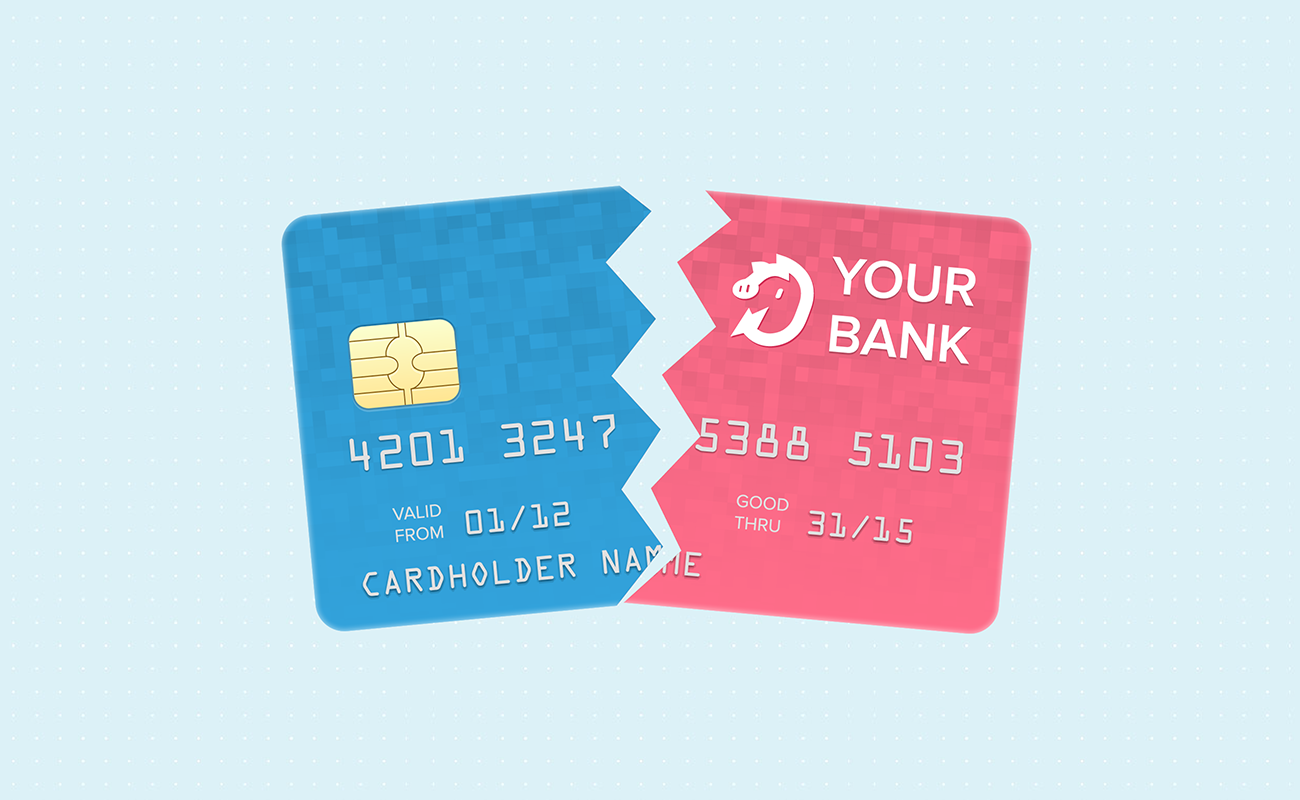
Credit cards can have a choke hold on your finances for a long time. The thought of freeing yourself from credit card bills might seem like a pipe dream. But it can be done. Once you understand how they work, you can take steps to free yourself from credit card burdens. The key is a little planning and a lot of self-discipline.
Your average daily balance is a significant component in calculating credit card interest. The figure is calculated as follows:
Reducing the average daily balance is the key to lowering your daily interest rate. An efficient way to bring down the daily balance is by paying more than once during the billing period. This method can bring down the average daily balance more than just paying during the end of the period.
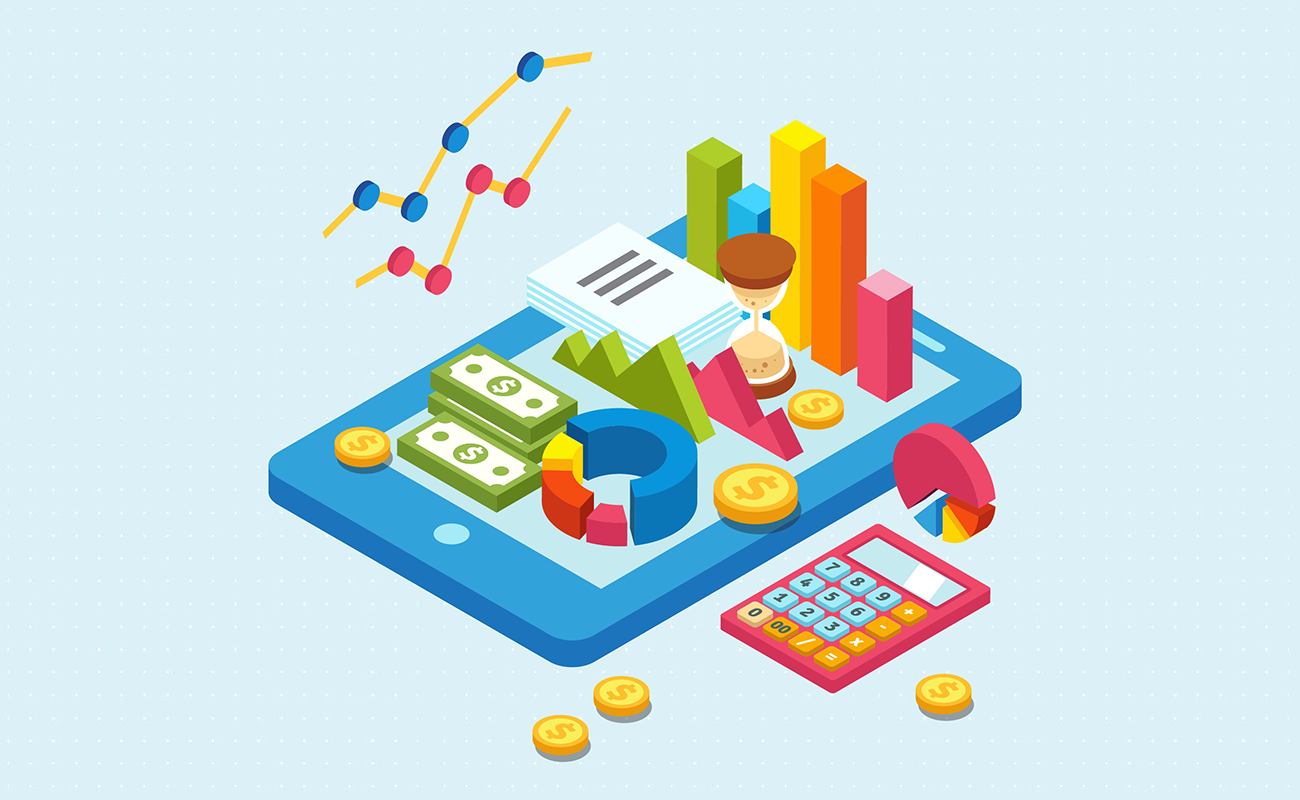
Minimum payments made to credit cards are designed to prolong the payment period. This ensures that you would continue generating revenue for your credit card company. At 2 percent minimum interest, it will take you more than 40 years to pay a debt of approximately $15,000. In the process, you pay more than twice your balance. And if you continue using the card at this time, you might never get out of debt.
By paying only the minimum, you leave much of the balance of credit card untouched. This allows the interest to compound further. Increasing your payments is the first step toward whittling down a persistent debt. Ask your creditor to apply your extra payments toward your principal. This can help bring down your debts faster.
A common strategy is to put all your efforts on a focus debt. You first dedicate a budget to pay a minimum amount to all your debts. Then, you select a single debt to put all your extra cash until it is paid. This leaves you with more money to pay the next debt in line. Repeat until all the debts are settled.
There are two main ways to choose your focus debt: the debt snowball and the debt avalanche. By far the most popular, the debt snowball method involves paying the smallest debt first. Because you settle your first debt fast, you remain motivated to clear out all your debts. The debt avalanche method, meanwhile, focuses on paying the debts with the biggest rates. Although slower, this method saves you the most money. Credit card bills are ideal for this method because of their higher rates and compound interest terms.

The best payment strategies for you will depend on your debt situation and money habits. The debt snowball works if you are motivated by quick wins. Meanwhile, the debt avalanche can help you avoid punitive interest rates. In some cases, you can free yourself of debt obligations faster. Mix the two methods as you see fit.
Your best weapon against consumer debt is your budget. Set aside a large part of your non-essential income to pay off your debts. Anything extra should be used to pay your focus debt. Often, this will involve massive lifestyle changes.
It will be painful at first. You will need to part with luxuries you’ve taken for granted in the interim. This is all necessary. Part of the reason you might have ended up in debt in the first place is that you lived beyond your means. Tightening your belts may be the wake-up call you need to fix your financial habits.
You may also consider drawing funds from your savings to pay off your debts. Although drastic, this is more rational than it seems. You often earn less from your savings after tax than from what you can save on interest payments. To match this, you would need an investment with a high rate of return. These would come with their own risks. Once you’ve cleared your debts, you can put your extra money to work through savings.
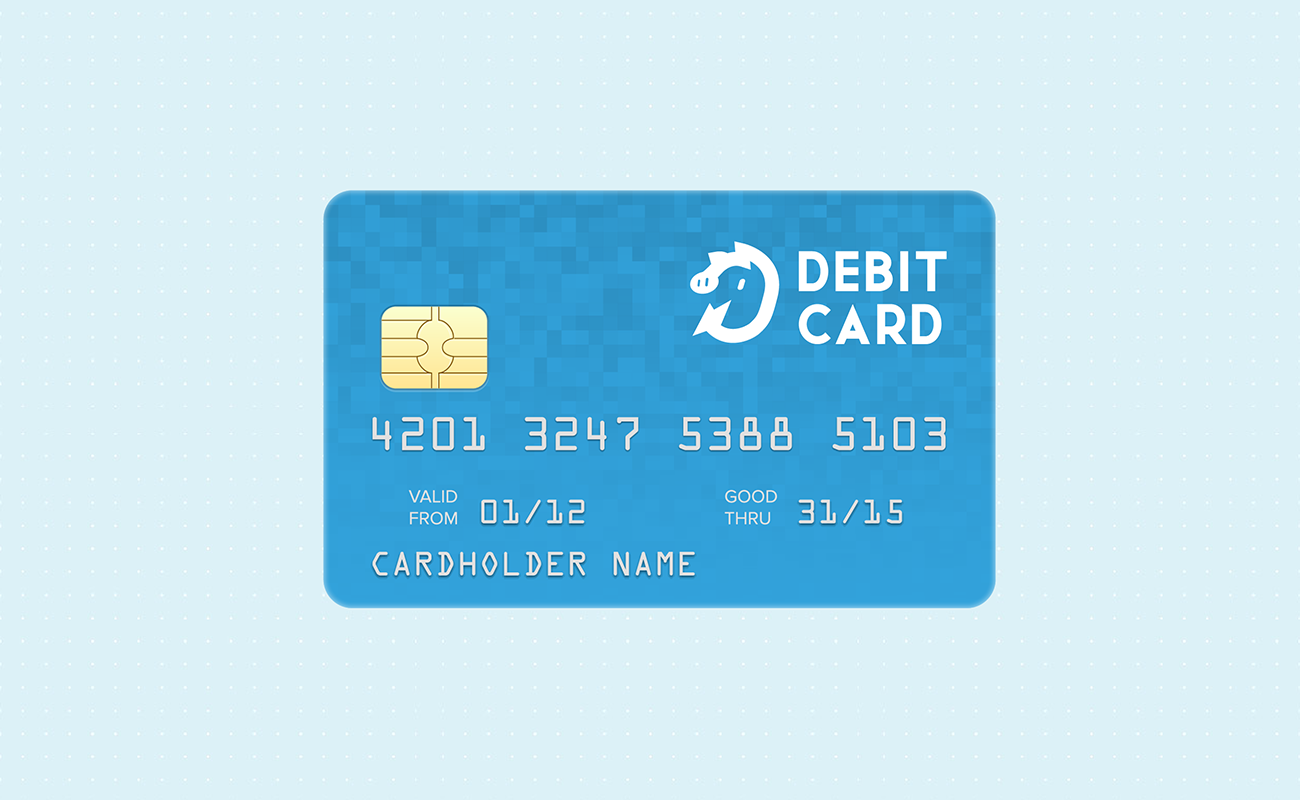
The key to getting out of credit card issues is to stay persistent. Keep your goals realistic and attainable. Although you may not have enough to go debt-free within the year, you are still making progress. If you can, you might even score early wins by snowballing. You should also leave no stone unturned. A little convenience and bargaining can help the process along.
In general, you must avoid accumulating further debt when paying down existing ones. The two exceptions to this rule is through debt consolidation and refinancing. Through these options, you can reduce punitive interest rates. This move will help you save money in the long run and make it easier to pay your debts faster.
Both options use the proceeds of a new debt to pay off the others. Debt consolidation brings together two or more debts into a much larger one. You can do this by securing a personal loan from a bank or credit union. Refinancing refers to replacing an existing debt with a new one.
Credit cards are refinanced through balance transfers. You should choose the new credit card with care. Look for one that offers no transfer fees and 0 percent interest for twelve months.
Balance transfers are a good trump card when negotiating rates with a credit card company. They would rather not lose a customer and may counteroffer a lower rate. This is an excellent situation to be in if balance transfers are not right for your situation. If your credit debts are not astronomical, a balance transfer might not make sense. It might be more cost-effective to stay with your current provider.
If late payments are a constant danger, you can automate your bill payments. You can also use your bank’s bill payment system to set up a plan to pay off your debts, as well as several free apps for this purpose.
Automated payments end the threat of overdue bills and ease the process of repayment. You don’t even need to worry about remembering to pay. As convenient as they are, they do have their disadvantages. In a lean month, you might not have enough in your accounts to pay all your debts. Besides the late payments, you might also rack up other penalties from your bank.
Resisting the urge to shop with your card until you pay off your balance in full can be difficult. You might need to take drastic measures to prevent yourself from taking on debts. Consider canceling your credit cards. If you must have one for emergencies, keep it in a safe place. Remove the card from its hiding place only in times of great need.
If you find the convenience of credit cards too useful, consider using debit cards. Debit draws from your own savings and enjoy broad acceptance as credit cards. You would be using only money you actually have in your purchases.
Jose Abuyuan is a web content writer, fictionist, and digital artist hailing from Las Piñas City. He is a graduate of Communication and Media Studies at San Beda College Alabang, who took his internship in the weekly news magazine the Philippines Graphic. He has authored works professionally for over a decade.